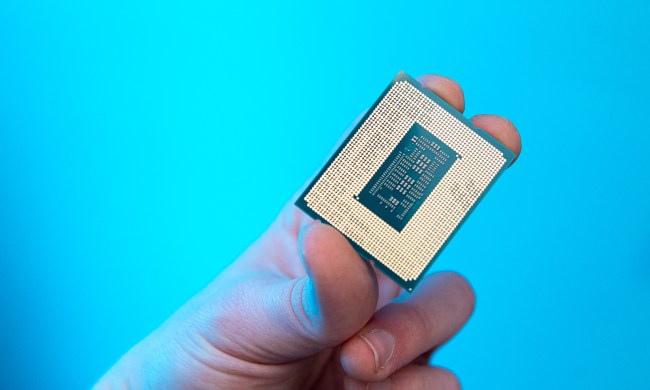
Intel is hitting a big milestone with Arrow Lake-S, its upcoming desktop processors. After all, those chips will be the first ones to feature a neural processing unit (NPU) in a desktop PC. However, impressive as the milestone might be, the CPU itself will be far from an AI workhorse. In fact, the NPU may be nowhere near being able to qualify for Microsoft’s Copilot+ PC program. The good news? It really doesn’t matter.
Before we dive in, it’s worth noting that Intel is yet to confirm the specs for Arrow Lake-S. However, Jaykihn on X (formerly Twitter) shared a list of various specs that are rumored to appear in the processors. This includes the trillion operations per second (TOPS) counts for the GPU, the CPU, and the NPU. That’s where things get a bit dicey.
According to the leak, the NPU will feature a measly 13 TOPS of AI performance. For comparison, Intel Lunar Lake CPUs, found only in laptops, offer 45 TOPS, while AMD’s Ryzen AI 300 series bumps that number up to 50 TOPS. Both qualify for the Microsoft Copilot+ certification, which calls for at least 40 TOPS. Why, then, would Intel release a next-gen product with a little over a fourth of the AI performance it already introduced in laptops?
It’s simple: Those NPU TOPS aren’t really needed in a desktop — at least not now. As Tom’s Hardware points out, NPUs are meant to handle AI and machine learning workloads while having little impact on the battery. That’s why we’re seeing these high TOPS counts in NPUs mainly found in ultralight workstation laptops. Seeing as battery life is not a concern for a desktop user, one big reason to even have an NPU in the first place is out.
Collection of various small improvements/changes shipping with Arrow Lake -S.
All specifications are “up to”, except for TOPS, which may exceed the listed number on the retail product. pic.twitter.com/EyAxyFVZMf
— Jaykihn (@jaykihn0) July 9, 2024
Then, there are other factors. Desktop PCs that are meant to handle AI workloads should just be equipped with a discrete GPU, which may be a better option for handling AI anyways. Nvidia’s RTX 4090 features up to 1,321 AI TOPS, which explains why it’s still so expensive nearly two years after launch. The current demand for AI drives both AI laptops and desktop GPUs.
Even if Intel were to equip the Arrow Lake-S with a more capable NPU, it’d be useless compared to a discrete GPU from Nvidia’s latest generation. It doesn’t even have to be the RTX 4090; a cheaper GPU will still run circles around any sort of NPU.
It feels like, if these specs are true, Intel will be able to slap a label on Arrow Lake-S and talk about having the first desktop NPU for consumers — even if it has little impact on actual AI workloads. Ultimately, if the CPUs had to feature an NPU, it’s for the best that the NPU isn’t great, as there would be very few scenarios where you could take advantage of a 45 TOPS NPU in a desktop setting anyway.
It does, however, leave a question mark over certain features, such as the now-delayed Recall. The feature has so far been exclusive to Copilot+ PCs, though you have to assume Microsoft will one day consider bringing it to desktop if it turns out to be a success.



